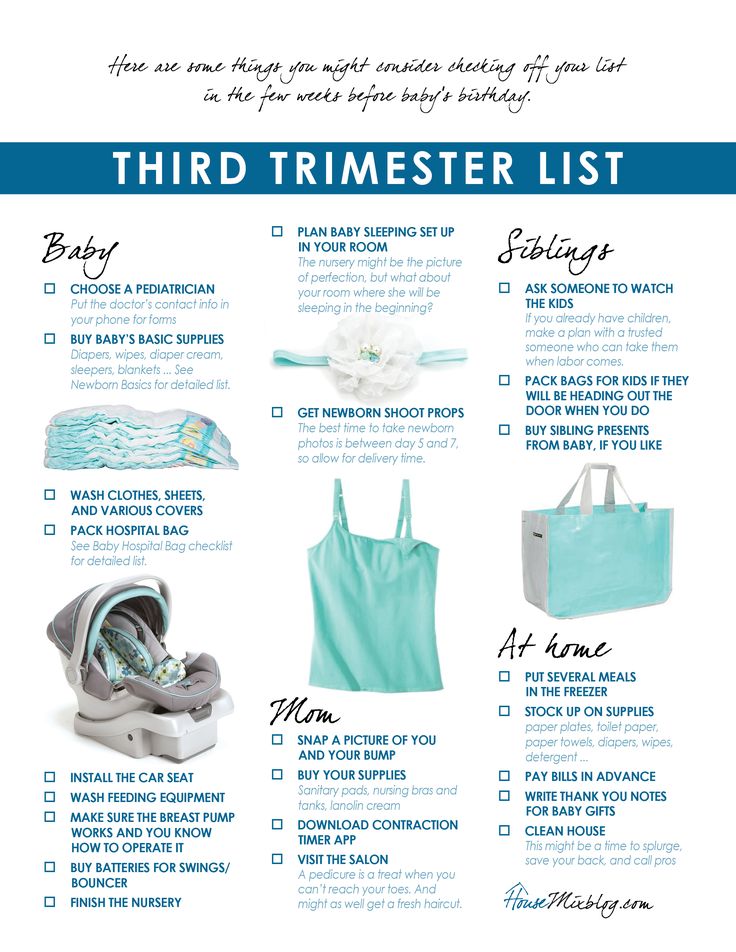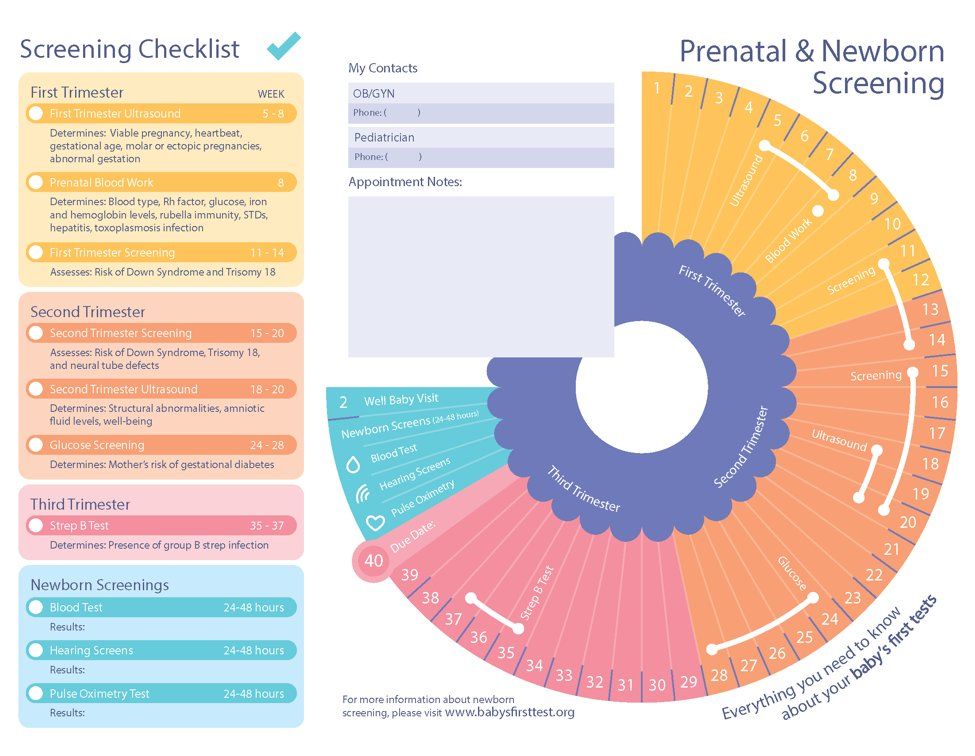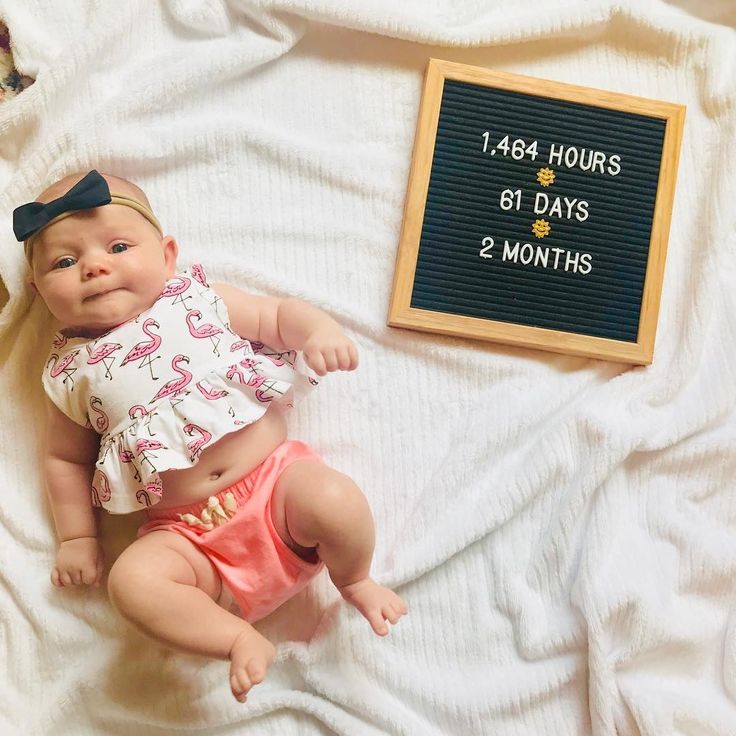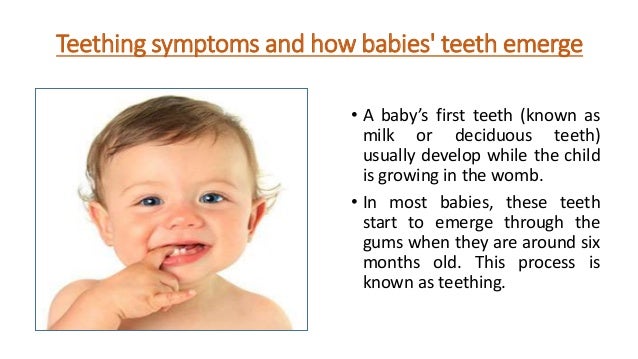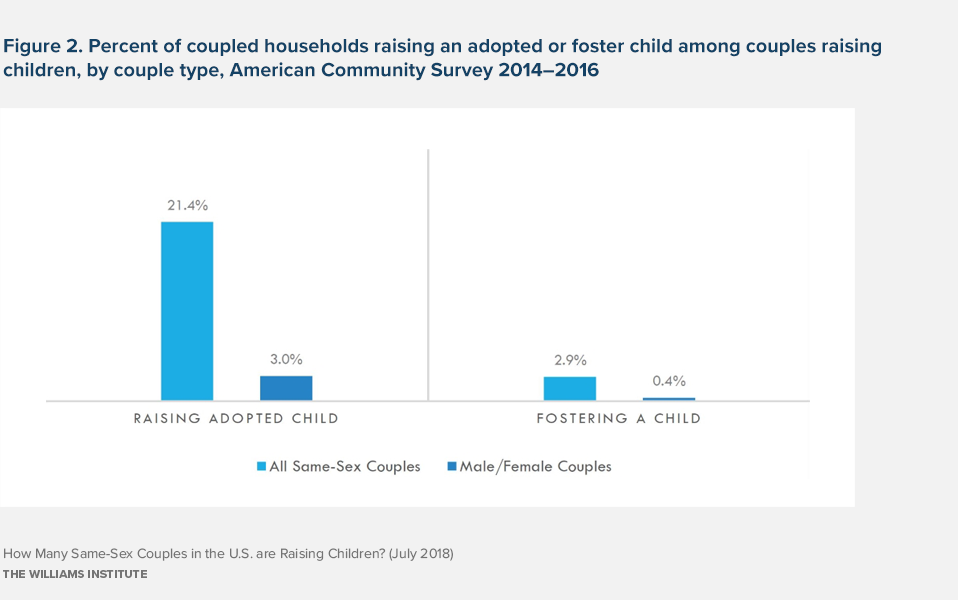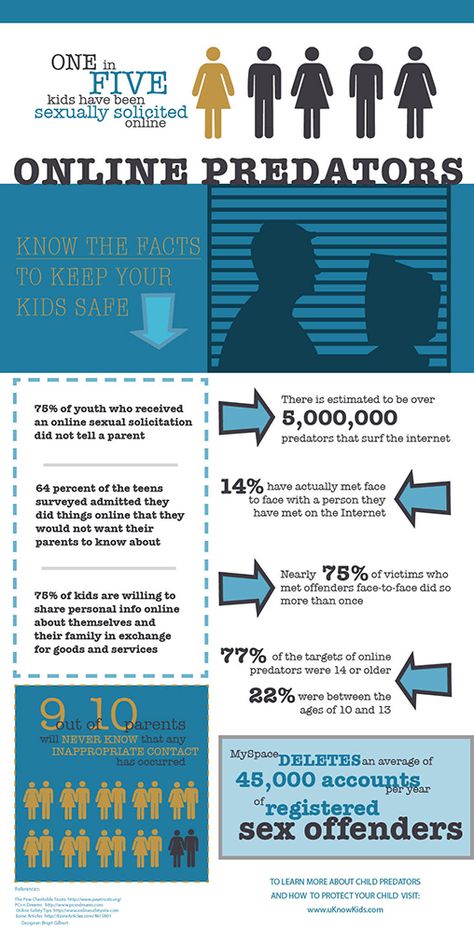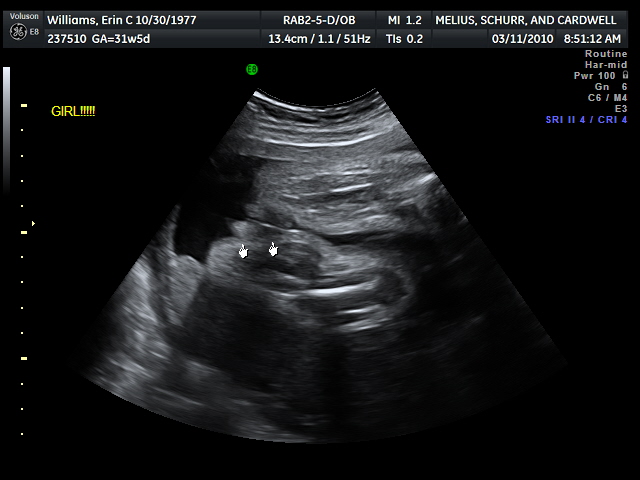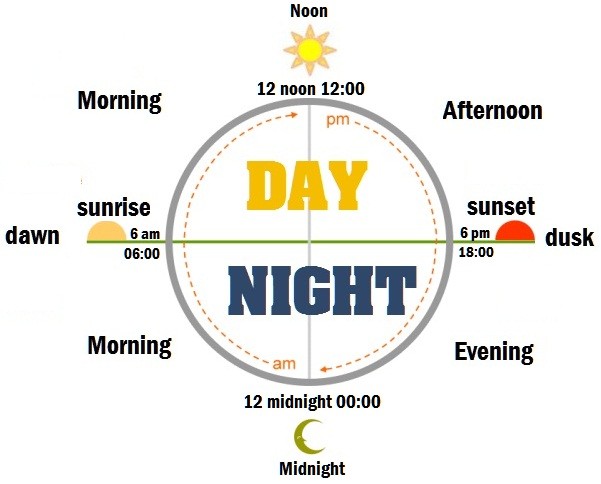How soon can you take newborn out
When Can Newborns Go Outside?
It’s super-rewarding to experience new things with baby, and going outside together is no exception. Of course, picking that first pumpkin at the patch or heading to the playground sprinklers might seem far in the future when you’ve got a shiny newborn to keep you company—but there are plenty of ways to enjoy the great outdoors together right from the start. Wondering when newborns can go outside? Here, we’ll give you the scoop on exactly how to get baby out and about safely and happily—and when it’s okay to do so.
In this article:
When can a newborn go outside?
Safety tips for taking newborns outside
When not to take babies outside
When Can a Newborn Go Outside?
If you’ve just given birth and are yearning for some fresh air, you may be itching to ask: “When can I take my newborn outside?” We’ve got good news for you: It’s okay to take baby outside right from birth. Laura Purdy, MD, MBA, a hospitalist at Williamson Medical Center and Chief Medical Officer at OpenLoop, says you can and should do it whenever you feel ready. “As long as your baby is healthy and the pediatrician did not share any cautions with you that would prevent the baby from going outside, it’s safe anytime!” she adds.
If the prospect of heading outside with your newborn feels daunting, start with a leisurely walk. You can use the stroller or wear baby in a carrier. Going for a stroll or having your next feeding session on a park bench is a great bonding experience and a nifty way to get some fresh air and vitamin D.
When can a newborn go outside in public?
As for taking baby out to public places, it’s recommended that you avoid bringing them into congested spaces, if possible—at least until they’ve had their first round of vaccinations. “Infants under a few months old don’t have their first immunizations (to protect against whooping cough, polio, pneumococcal diseases, etc.) and their immune systems are immature, so it’s important to avoid crowded areas,” says Meghan Martin, MD, a pediatric emergency medicine doctor at Johns Hopkins All Children’s Hospital in St. Petersburg, Florida. It’s precautionary, though, and there’s no definitive rule. Of course, while some pediatricians recommend waiting a few weeks before taking baby into stores, restaurants and on public transit, you know very well that the grocery shopping isn’t going to do itself. Sometimes, taking a newborn out before 6 weeks of age isn’t a matter of choice—it’s a necessity. Use your best judgment and take some steps to keep your little one healthy and happy (more on that below).
Petersburg, Florida. It’s precautionary, though, and there’s no definitive rule. Of course, while some pediatricians recommend waiting a few weeks before taking baby into stores, restaurants and on public transit, you know very well that the grocery shopping isn’t going to do itself. Sometimes, taking a newborn out before 6 weeks of age isn’t a matter of choice—it’s a necessity. Use your best judgment and take some steps to keep your little one healthy and happy (more on that below).
Purdy notes that your doctor may advise against taking baby out in public if they have a compromised immune system, due to a severe illness, such as cancer, or chronic conditions like Type 1 diabetes or cystic fibrosis. “Babies that are born very prematurely or have a lengthy NICU stay could be recommended to hold off from public appearances while they’re growing and developing their immune systems,” she adds.
Safety Tips for Taking Newborns Outside
Use some common sense and follow your instinct when taking your newborn outside. If it’s too hot or too cold, go back indoors. Regardless of whether you’re just doing some laps in the neighborhood or heading into town, there are a few tips you should keep top of mind to make those first outings pleasant and safe:
If it’s too hot or too cold, go back indoors. Regardless of whether you’re just doing some laps in the neighborhood or heading into town, there are a few tips you should keep top of mind to make those first outings pleasant and safe:
- Keep baby out of direct sunlight. Put a wide-brimmed hat on baby and bring a light blanket to help shade them from the sun. Babies 6 months and older can use sunscreen.
- Dress baby appropriately. In warm weather, dress your little one in loose, comfortable clothing. In colder temps, consider a fleece-footed sleeper to avoid exposing baby’s skin to cold and wind. If it’s particularly nippy, a baby carrier can offer added warmth.
- Avoid insects and mosquitoes. Martin notes that babies 2 months and older can use 10 to 30 percent DEET insect repellent. In the meantime, you’ll want to avoid woodsy areas or other insect-prone spaces.
- Monitor baby closely. Babies can’t regulate their temperature like adults and older children can, so it’s important to watch for signs of overheating (or alternatively, of being too cold), says Martin.
 If they’re flushed and irritated, they may be too hot, says Martin. If baby is shivering or has cold hands and feet and pale skin, time to warm up inside!
If they’re flushed and irritated, they may be too hot, says Martin. If baby is shivering or has cold hands and feet and pale skin, time to warm up inside! - Be conscious of germs. If you’re out in public, maintain social distance and try not to let people to get too close or touch baby. A baby carrier can keep your newborn nestled on your chest and deter curious strangers from getting handsy (win-win!). While you’re being germ-cautious, she recommends washing your hands frequently—and wiping down baby’s hands too!
- Pack the essentials. If you’re running an errand with baby in tow, make sure you have the basics packed—diapers, wipes and a spare change of clothes will regularly come in handy.
- Don’t hang bags from the stroller’s handles. Going for a stroll with your newbie? Martin warns that adding too much weight to the handles of your stroller can cause it to tip, creating a potentially dangerous situation for baby.
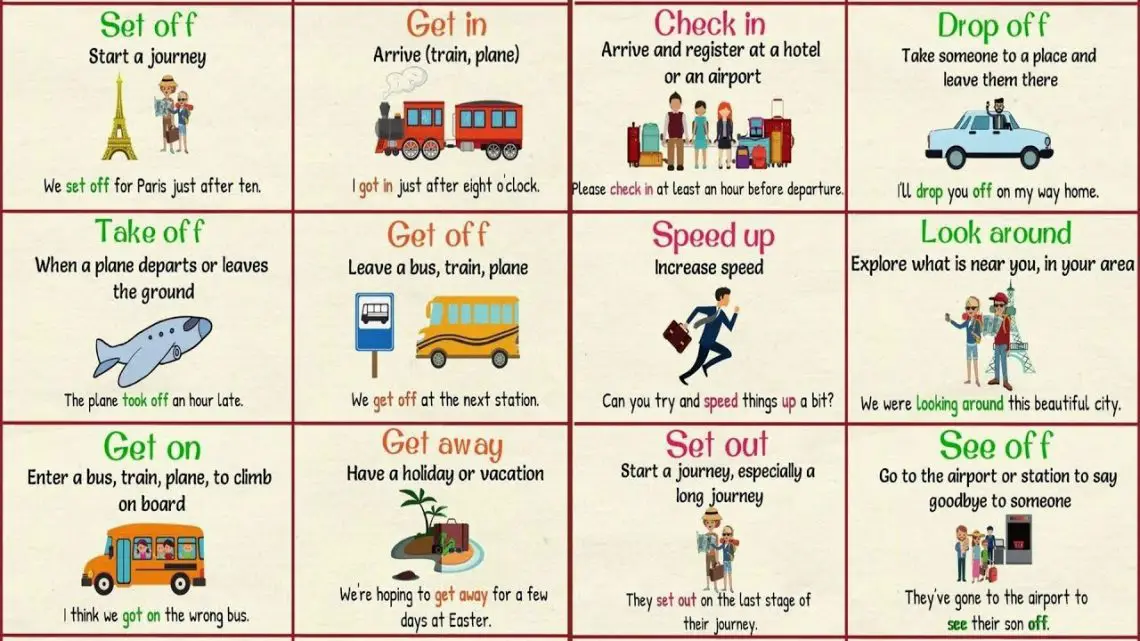
When Not to Take Newborns Outside
There’s nothing quite like getting outside with your new little one. After all, there’s so much to see and explore! But there are certain times when venturing out is not advisable. Martin recommends avoiding trips in these circumstances:
- When there’s severe weather or the threat of severe weather
- On very hot days when the UV index is at the highest point of the day (between 10 a.m. and 4 p.m.)
- When you know you’ll be outside for extended periods of time
- Martin also says to “use caution” if baby is sick
If baby has an underlying condition that compromises their immune system, talk to your pediatrician about the types of outdoor activities and errands you should and shouldn’t be doing together.
Taking your newborn on outings can be exciting (and daunting!), but a change of scenery can be good for both of you. Take it one step—and one outing—at a time. Soon, you and your little companion will be ready to go all sorts of places together.
About the experts:
Meghan Martin, MD, is a pediatric emergency medicine attending physician at Johns Hopkins All Children’s Hospital in St. Petersburg, Florida. She earned her medical degree from Florida State University in Tallahassee, Florida.
Laura Purdy, MD, MBA, is a hospitalist at Williamson Medical Center and chief medical officer at OpenLoop. She earned her medical degree from Uniformed Services University of the Health Sciences in Bethesda, Maryland.
Please note: The Bump and the materials and information it contains are not intended to, and do not constitute, medical or other health advice or diagnosis and should not be used as such. You should always consult with a qualified physician or health professional about your specific circumstances.
Plus, more from The Bump:
10 Weird (but Totally Normal) Things About Your Newborn
Baby Milestones: What Baby Will Do When
Everything You Need to Know About Breastfeeding in Public
When Can Newborns Go Outside? Safety and More
Hello, fresh air and sunshine! Exiting the hospital with your new baby can be a magical moment. Unfortunately, it may also leave you with a sense of panic as you realize that your little one is now entering into the real world.
Unfortunately, it may also leave you with a sense of panic as you realize that your little one is now entering into the real world.
You may have heard from a friend or family member that newborns shouldn’t be outside for the first couple of months of their lives. Is this true? Should you really keep your baby inside for the first 6 to 8 weeks after birth?
If your anxiety is rising just thinking about this, don’t worry!
We understand that being a new parent can be overwhelming, so we’ve gone through the research to help answer all your questions about taking your newborn out and about for the first time.
Most pediatric health experts agree that babies can head outside right away, as long as you use basic safety precautions. (More on those to come, so keep calm and read on!)
Generally speaking, there’s no need to stay inside with your little one for the first 1 or 2 months of baby’s life if you both feel up to getting out. In fact, some fresh air and sunshine can benefit you both, thanks to vitamin D and mood-boosting benefits.
One exception to keep in mind, though, is that some doctors prefer you wait a bit before taking your little one into crowded spaces where they may be exposed to high levels of germs — especially during COVID-19 surges.
It is true that your newborn’s immune system is still developing and may struggle to fight off infections.
There are precautions you can take, though — like hand washing and physical distancing — to minimize the chance of your little one developing an illness.
For most infants, taking typical safety precautions while outside is sufficient to keep them safe.
In rare cases where your child has a health condition that makes their immune system particularly susceptible to germs, your doctor may advise you to take extra precautions. These can include staying at home during periods of specific concern.
If you’re ready to take your little one outside, you’ll want to make sure to follow appropriate safety measures. These include:
Dress them in weather-appropriate clothing
Double-check baby’s outfit to make sure it’s weather appropriate.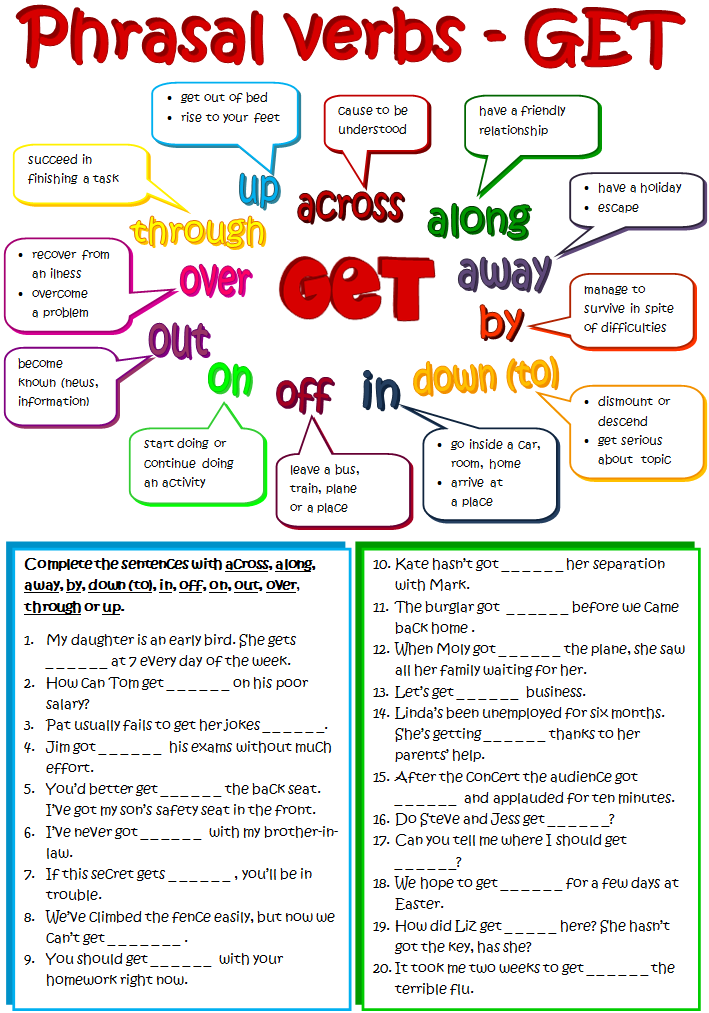 You’ll probably also want to have a spare outfit or blanket packed, in case of an emergency change or if extra layers are needed.
You’ll probably also want to have a spare outfit or blanket packed, in case of an emergency change or if extra layers are needed.
A general rule of thumb is to dress your baby for the weather and then add one extra layer. You’ll want to check to make sure they’re comfortable throughout the outing as well.
Have a sun-protection plan
A little sunshine can be nice, but baby skin burns easier, so you’ll want to make sure that it’s covered with clothing and a sun hat or hidden in the shade.
Because infants are at a greater risk of sunscreen side effects, the Food and Drug Administration (FDA) and the American Academy of Pediatrics recommend keeping infants in the shade and out of direct sunlight. However, in a pinch it may be OK to apply small amounts of sunscreen to exposed skin. Just consult with your pediatrician first if your baby is younger than 6 months old.
Avoid crowds
Crowded places like malls, airplanes, or pools mean that there’s more chances for germs to spread.
Especially in light of the COVID-19 pandemic, many experts encourage parents to avoid these places with their newborns.
If possible, it’s also best to avoid places like the grocery store and indoor restaurants where ventilation may be poor and you might have trouble physical distancing from other people.
Wash your hands — and make sure others do, too
Ensure that anyone who touches your baby has washed their hands. No one showing any symptoms of illness should come in contact with your newborn.
You may even wish to teach young siblings to touch only baby’s toes or back and not their hands or face. This may help reduce the risk of spreading germs.
Limit visitors
It might be hard to say no when well-meaning family and friends want to visit baby, but it’s good to limit who is allowed around your newborn.
Again, because of COVID-19, many experts are suggesting restricting visitors around you and your newborn until the pandemic improves.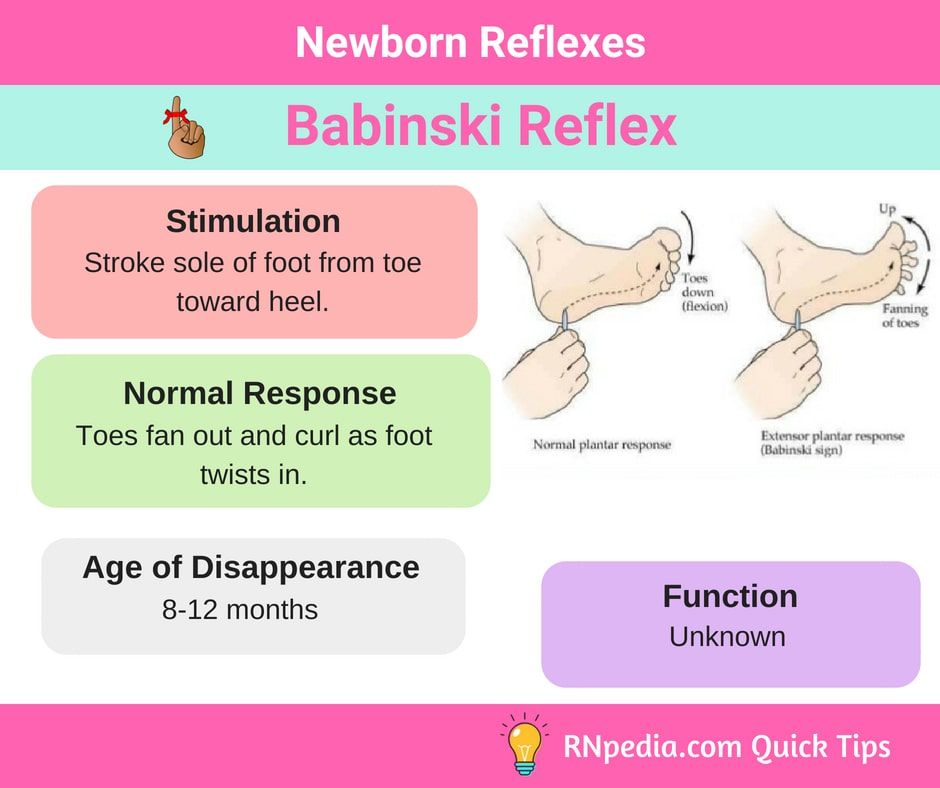
Use a baby carrier
Babies can be irresistible! But wearing baby in a baby carrier rather than using a stroller can keep your little one close and help prevent other people from touching (or kissing!) them.
There are some times when you’ll want to think twice before loading baby into their car seat or stroller. You may wish to stay inside your home if:
- Extreme weather conditions are occurring. Mail carriers may brave wind, snow, sleet, and hail, but your newborn should avoid extreme temperatures and being outside in bad air quality whenever possible.
- Your child has a medical condition. If your newborn has special medical needs that leave them particularly susceptible to germs, you’ll want to consult with their doctor before taking them out and about.
- It’s peak sunlight hours. The middle of the day can be an especially hard time to find shade and protect your baby’s skin. For this reason, you may wish to avoid excessive time outside when the sun is at its strongest.
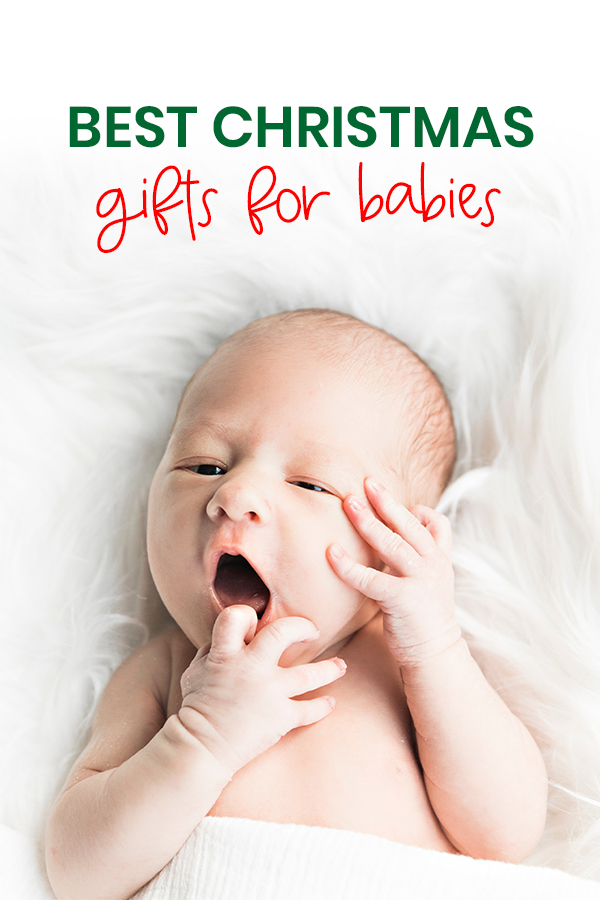
If you do need to go outside with baby for any reason, especially in warmer weather and for longer periods of time, be sure to bring plenty of breast milk or formula to keep them hydrated.
Most doctors agree that there’s no need to wait until your baby is 1 or 2 months old to take them out and about. However, you also shouldn’t feel pressure to do it before you’re ready.
Newborn babies can seem so delicate, you might want to put them inside a bubble of protection (or at least never let them see sunlight).
The truth is some sun protection, weather-appropriate clothing, and distance from crowds will probably be enough to keep them safe.
If you have any questions about taking your newborn outside or if your infant has special medical circumstances to consider, you should never hesitate to speak with your child’s pediatrician.
Let's go for a walk! - articles from the specialists of the clinic "Mother and Child"
WHY SHOULD YOU WALK?
Purely theoretically, all parents understand that walking is fresh air and health, but let's look at what gives us the exit from a warm apartment or house.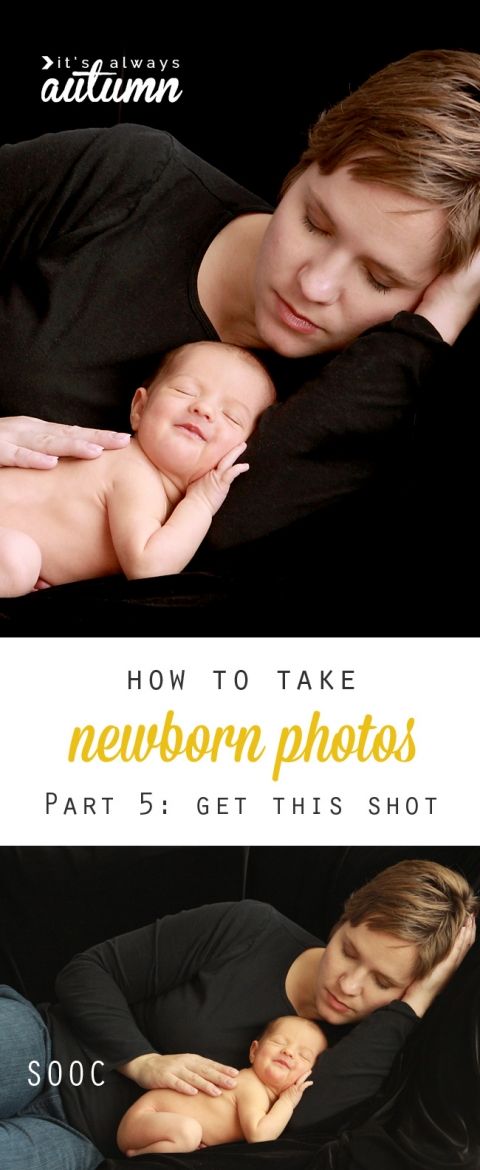 By and large, any walk is a contact with nature (unless, of course, walking not along busy streets, but at least in a park) and an attempt to get away from the harmful factors of civilization. What does it mean? Each city apartment (and a country house too) accumulates a huge amount of harmful substances. First of all, it is dust and a variety of allergens (particles of household chemicals, varnishes, paints), which are always found in furniture, books, carpets and, in general, in any items of our house. Plus all that street rubbish that flies through the windows if it's a city apartment. But there is no or very little fresh air in our homes, because in winter it is difficult to keep the windows open and constantly ventilate the room. There is no sunlight in our homes - useful UV radiation, which is necessary for the growth of all living things. And finally, sitting at home, we sharply limit our physical activity. Therefore, it is clear that everyone, including children, needs to go out into the fresh air and walk.
By and large, any walk is a contact with nature (unless, of course, walking not along busy streets, but at least in a park) and an attempt to get away from the harmful factors of civilization. What does it mean? Each city apartment (and a country house too) accumulates a huge amount of harmful substances. First of all, it is dust and a variety of allergens (particles of household chemicals, varnishes, paints), which are always found in furniture, books, carpets and, in general, in any items of our house. Plus all that street rubbish that flies through the windows if it's a city apartment. But there is no or very little fresh air in our homes, because in winter it is difficult to keep the windows open and constantly ventilate the room. There is no sunlight in our homes - useful UV radiation, which is necessary for the growth of all living things. And finally, sitting at home, we sharply limit our physical activity. Therefore, it is clear that everyone, including children, needs to go out into the fresh air and walk.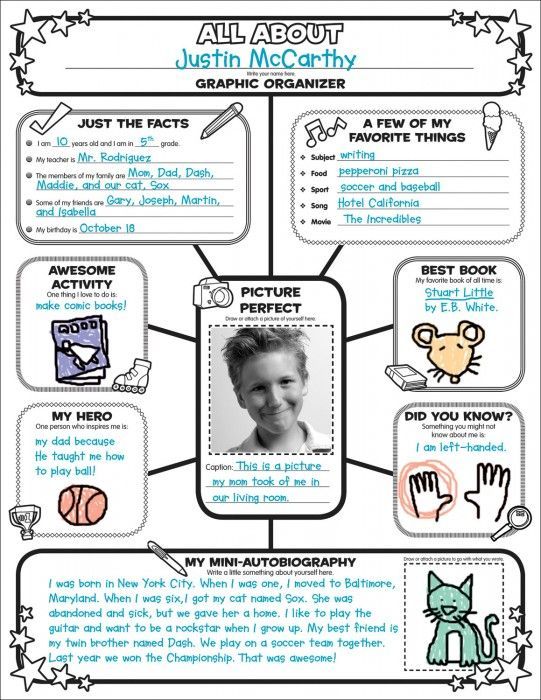 Of course, walking in summer is more pleasant than in winter: it's warm, the birds are singing, the grass is green, the flowers are blooming, it somehow becomes immediately clear that walking is both pleasant and useful. What about in winter? Cold, snow, monotonous landscape - all this is uncomfortable, so what is the use of winter walks? nine0005
Of course, walking in summer is more pleasant than in winter: it's warm, the birds are singing, the grass is green, the flowers are blooming, it somehow becomes immediately clear that walking is both pleasant and useful. What about in winter? Cold, snow, monotonous landscape - all this is uncomfortable, so what is the use of winter walks? nine0005
WHAT A WINTER WALK WILL GIVE A CHILD:
1. Health. In cold weather, the air becomes cleaner and more oxygenated, and all the dust is trapped in the snow. Fresh air will cleanse the lungs of everything that the baby inhales in the apartment, the mucous membranes of the respiratory tract will begin to work better, and the blood and, accordingly, all organs will be enriched with oxygen. Walking, the child will grow better and physically develop.
2. Hardening. The air temperature during a walk in winter is significantly different from the air temperature in the room - all this will harden the baby's body. nine0005
nine0005
3. Vitamin D. In winter there is very little sun and a walk is the only opportunity for a child to get a "portion" of ultraviolet radiation. Namely, under its influence, our body produces vitamin D, which is necessary for the prevention of rickets. Of course, in order to prevent rickets, it will be necessary not only to walk, but still it is worth taking advantage of this simple and natural “medicine”.
4. Physical activity. Walking in winter, when we are wearing a lot of clothes, especially if we move actively, we spend more effort and energy. The baby also spends it, even if he just moves his legs along the road, digs snow, rolls over a snowdrift or rolls down a hill with his parents. So a winter walk willy-nilly gives us physical activity, and it in turn stimulates the work of the cardiovascular and immune systems. It turns out that again there are health benefits. nine0005
5. Development and socialization. On the street, the world is completely different than in an apartment or house familiar to a child.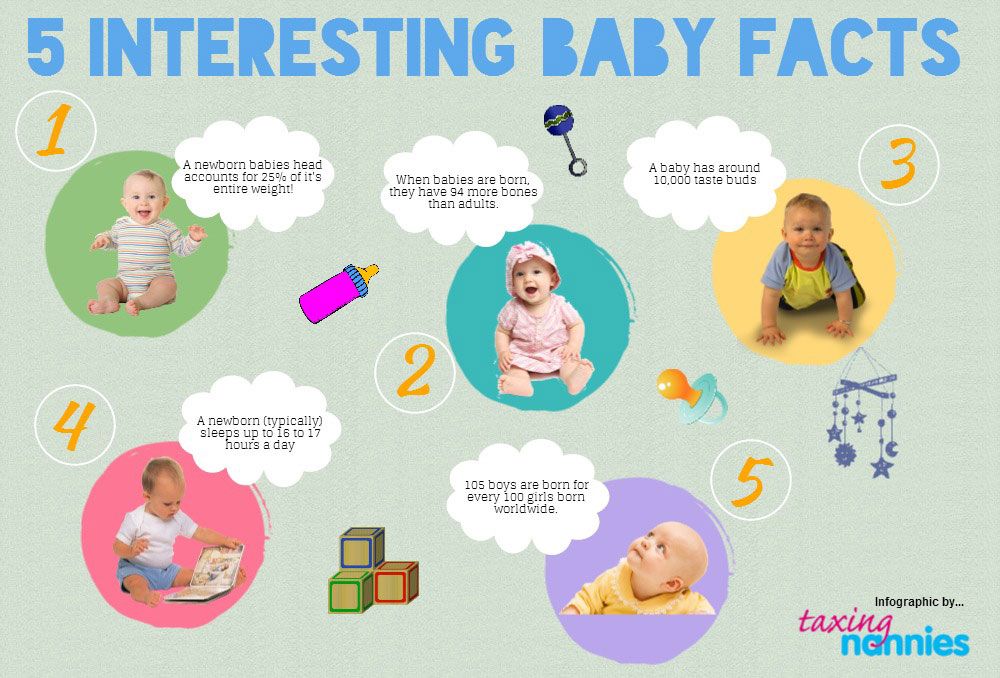 It is full of all sorts of amazing things for children: it is snowing or the sun is shining, a dog is running, a crow is croaking, a car is passing by. Moreover, all this changes very quickly: the baby sees a new picture all the time and receives new information, studies the properties of different objects. While walking, children learn to establish different connections: the dog barks, the bird flies, and the snow is white and beautiful. Plus communication with other children and new contacts. Well, yes, in the warm season there are more street entertainments, but do not sit in the apartment until the snow melts! nine0005
It is full of all sorts of amazing things for children: it is snowing or the sun is shining, a dog is running, a crow is croaking, a car is passing by. Moreover, all this changes very quickly: the baby sees a new picture all the time and receives new information, studies the properties of different objects. While walking, children learn to establish different connections: the dog barks, the bird flies, and the snow is white and beautiful. Plus communication with other children and new contacts. Well, yes, in the warm season there are more street entertainments, but do not sit in the apartment until the snow melts! nine0005
Of course, not all of these factors will work on every walk: the sun does not always shine, and as for infants, they often sleep outside and they do not have any movement and special acquaintance with the outside world. But winter walks give health and hardening for sure, unless, of course, walking in the fresh air, and not along gassed streets or shops full of people.
WHY THEY DO NOT WALK
True, no matter how much they talk about the benefits of winter walks, anyway, at this time of the year, many mothers and fathers with their children do not walk or walk rarely or for a short time. Adults understand that this is wrong, but the reasons for staying at home seem convincing to them. What Parents Assure Themselves:
The child will get sick in the cold. This is a typical horror story, which is especially loved by mothers and grandmothers: they say that the child will inhale the air in the cold and he will start coughing, runny nose or sore throat . But cold air does not cause illness - this is a myth.
Actually. A person gets sick from bacteria or viruses, not from cold. On the contrary, many viruses die in the cold, so walking in sub-zero temperatures is safer than in positive ones. Another thing is that hypothermia (frozen feet, for example) can contribute to the fact that a virus or microbe that has entered the body begins to develop. Well, it (hypothermia) simply should not be allowed. nine0005
Well, it (hypothermia) simply should not be allowed. nine0005
Only infections in the street . Now, when a flood of various negative information has hit us, in particular about all sorts of viruses and diseases, many anxious mothers are generally afraid to go outside with a small child once again. Especially in the first weeks and even months after childbirth if the child was born in autumn and winter. It is believed that a baby can be sneezed on the street, or a virus will remain in the entrance after a sick person, and the child will pick it up. The endless media horror stories about new and horrific strains of the flu, the daily news about severe complications from illness, and other horror stories only add fuel to the fire. So mothers with a child sit at home all winter and walk only on the balcony. nine0005
Actually. An apartment will not protect against illnesses - dad, grandmother, mother herself can bring a virus into the house: a family does not live in complete isolation from the world.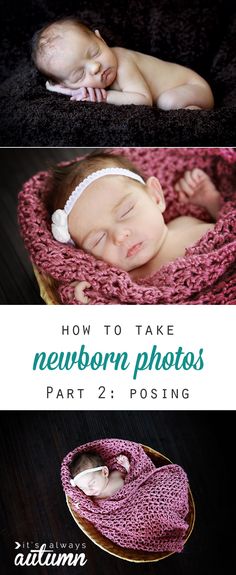 But a walk in the fresh air, on the contrary, will strengthen health and immunity.
But a walk in the fresh air, on the contrary, will strengthen health and immunity.
Walking in winter is so difficult and boring. In winter, you have to dress for a long time: first by yourself, and then dress the child in several layers of clothing. And you need to dress according to the weather, otherwise you will quickly freeze and have to return. The question is: why did they leave at all? And you also have to not forget anything (the same mittens), otherwise, again, you have to return home, and this is always inconvenient with a small child. In addition, many babies do not tolerate the dressing process well: they scream so much that it is easier to spit on a walk and stay at home. It’s cold in winter, you can’t sit on a bench with a stroller, you can’t read a book, you have to walk all the time. Plus, many parents are generally bored with walking with a stroller or by the hand with a child, even if the weather is good and the baby is calm. nine0005
Actually.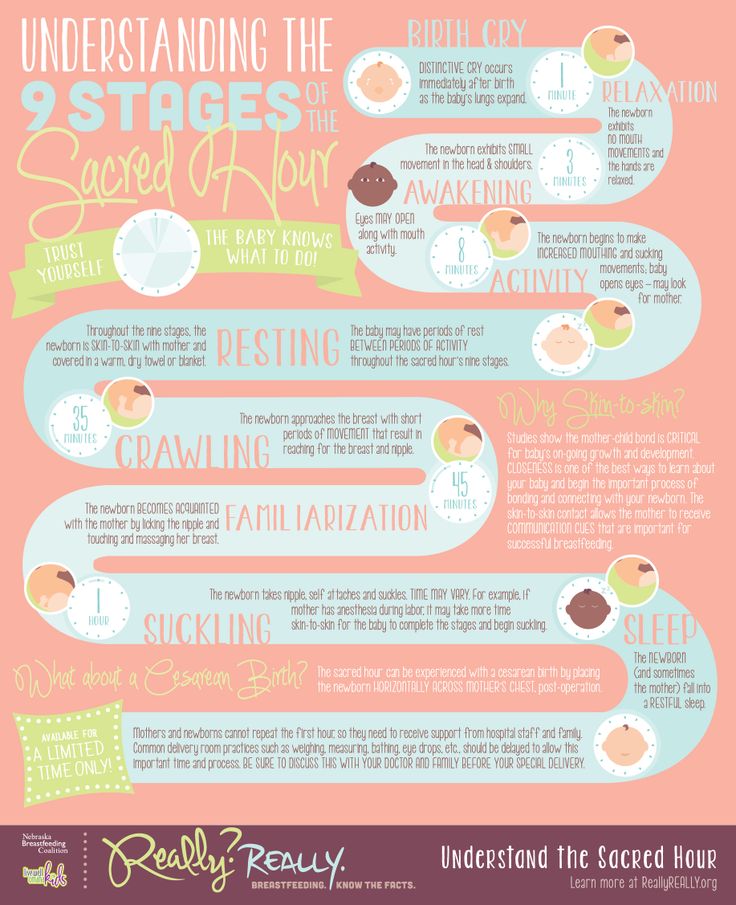 These are all excuses and banal laziness. Today, there are so many high-tech and comfortable clothes (for both adults and children) that you can dress for a walk easily and comfortably. Children very quickly get used to the process of dressing or simply put up with it. If you try a little, then even in a walk with a stroller you can find something interesting (listen to audio books, music, communicate in the company of the same mothers).
These are all excuses and banal laziness. Today, there are so many high-tech and comfortable clothes (for both adults and children) that you can dress for a walk easily and comfortably. Children very quickly get used to the process of dressing or simply put up with it. If you try a little, then even in a walk with a stroller you can find something interesting (listen to audio books, music, communicate in the company of the same mothers).
The child will freeze or overheat . In winter, you need to put a lot of clothes on the baby, and it’s difficult to understand exactly whether the legs are cold or, on the contrary, whether the baby has mated. nine0005
Actually . Usually, parents dress the child so warmly that he definitely does not freeze. Even if the baby is in the stroller, you can always feel his arms and legs and determine if they are cold. Much more often, a child is hot on a walk, and you can find out about this by his appearance and behavior. The baby's face turns red, he begins to worry (naughty or crying), asks for water. Then you need to put your hand behind the baby's collar and feel his back (whether she was sweating).
Then you need to put your hand behind the baby's collar and feel his back (whether she was sweating).
The child will want to eat, but in winter you will not breastfeed . Therefore, it is better not to go out for a walk, especially since if you go out, you still won’t leave for a long time.
Actually . The child can be fed before the walk. Then you are guaranteed to have 1–1.5 hours to go outside and get some fresh air. And this is quite enough for a winter walk. In general, on the street in winter, children quickly fall asleep and then sleep for a very long time. So there is usually enough time to walk between feedings.
Bad weather in winter - if not a blizzard, then ice, if not frost, then slush.
Actually. Bad weather in winter, if a person does not really live in difficult climatic conditions, still happens infrequently. Blizzards do not sweep all winter, and severe colds are replaced by a light and pleasant frost, so most often the same parental laziness is hidden under the words “bad weather”. Or the lack of habits of a healthy lifestyle and walks in particular. Plus, at home we are anchored by the usual benefits: a soft sofa, TV, computer. nine0005
Or the lack of habits of a healthy lifestyle and walks in particular. Plus, at home we are anchored by the usual benefits: a soft sofa, TV, computer. nine0005
It turns out that there are no particularly serious reasons not to walk in the winter with a child. But here, too, it is necessary to observe the measure. You don’t have to perform feats and walk for the sake of the baby’s health if you don’t have the strength, the food for yourself or your husband is not ready, the weather is bad outside, or something just went wrong today. Nothing bad will happen if the child stays at home for one or even a couple of days. But as soon as the weather improves and strength appears, we must go outside. But what about the balcony? To be honest, everyone understands that a walk on a balcony is not the same as a walk in a park or forest. This is a way out for those who live in a house without an elevator, who don’t even have a public garden nearby, if it’s very cold and bad weather outside, their mother feels unwell or is very busy with household chores or work. nine0005
nine0005
GOING OUTSIDE
When to start. If a child was born in winter or cold spring or autumn, then in the first days after birth, he does not need to walk. And not only because it's cold outside, it's just that the baby needs to first adapt to the outside world, and he and his mother need to enter a new rhythm of life. In general, the opinions of pediatricians about when to start walking with a newborn differ. Some doctors believe that a healthy child can be taken outside in winter already a week after birth, others recommend walking from the 10-14th day of life, and others generally advise waiting up to three to four weeks. Here it will be necessary to look at everything: the weight of the child (underweight children are advised to start walking later in winter), his condition, the weather, the possibilities of the family (mother may not have the strength, dad works, and there are no grandmothers nearby). nine0005
At what temperature and how long to walk. Here, too, you need to focus on the weather. Doctors recommend taking a newborn out for the first walk if the temperature outside the window is not lower than minus 5 ºС. At first, you can not even go outside, but “walk” with a dressed baby in a room with a wide open window or sit on the balcony. Then go out with the baby from the house holding him in his arms, and then walk in the stroller.
Here, too, you need to focus on the weather. Doctors recommend taking a newborn out for the first walk if the temperature outside the window is not lower than minus 5 ºС. At first, you can not even go outside, but “walk” with a dressed baby in a room with a wide open window or sit on the balcony. Then go out with the baby from the house holding him in his arms, and then walk in the stroller.
Every day the walk is increased by about 5–10 minutes, and it turns out that after going outside for an average of 10 days, by a month a child can already walk for an hour, and then 1.5–2 hours. But here again it is necessary to look at the climate. It can be 0 ºС or even plus on the street, but a strong north wind will blow - walking in such weather is unpleasant and not necessary. Or maybe the frost is below minus 15 ºС, and the day will be sunny, the weather will be mild - then the numbers on the thermometer will not interfere with taking a walk in the fresh air. nine0005
How to dress a child .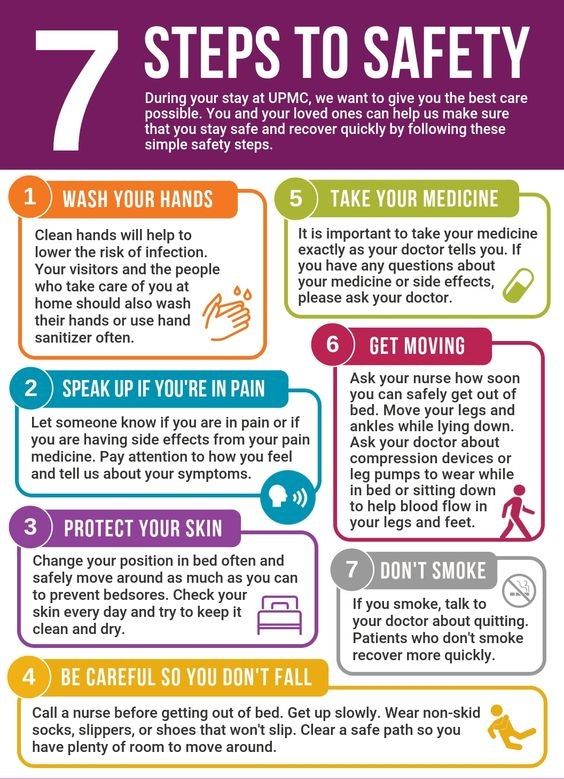 As mentioned earlier, with clothes now everything is simple. Woolen leggings that still need to be pulled on, numerous handkerchiefs under a hat, heavy children's fur coats, one socks, and on top of the second socks, scarves so as not to blow, and other grandmother's tricks for warmth are a thing of the past. It's simple: a child walks in a stroller - cotton overalls (slip) to the body, fleece on top, and then overalls or an envelope with insulation. A cotton helmet is put on the head, on top of it - a woolen or the same fleece (or you can put on a “2 in 1” helmet). On the feet - socks, on the hands - mittens. Who is very scared - take a blanket (just in case). If the child is already walking, everything is the same, but instead of an envelope there will already be overalls and plus winter children's shoes. And no extra buttons, ties and everything that irritates both mother and child. Sleepsuits with comfortable buttons, jumpsuits (envelopes) with zippers, instead of a stuffy scarf, a hat-helmet will cover your neck, prickly wool is replaced by soft and pleasant fleece - you can get ready for a walk in such comfortable clothes, like in the army, in a few minutes! Before you go for a walk, you must first collect all the necessary things (napkins, nipples, toys), then get dressed yourself, and last but not least, dress the child (otherwise he will quickly become hot).
As mentioned earlier, with clothes now everything is simple. Woolen leggings that still need to be pulled on, numerous handkerchiefs under a hat, heavy children's fur coats, one socks, and on top of the second socks, scarves so as not to blow, and other grandmother's tricks for warmth are a thing of the past. It's simple: a child walks in a stroller - cotton overalls (slip) to the body, fleece on top, and then overalls or an envelope with insulation. A cotton helmet is put on the head, on top of it - a woolen or the same fleece (or you can put on a “2 in 1” helmet). On the feet - socks, on the hands - mittens. Who is very scared - take a blanket (just in case). If the child is already walking, everything is the same, but instead of an envelope there will already be overalls and plus winter children's shoes. And no extra buttons, ties and everything that irritates both mother and child. Sleepsuits with comfortable buttons, jumpsuits (envelopes) with zippers, instead of a stuffy scarf, a hat-helmet will cover your neck, prickly wool is replaced by soft and pleasant fleece - you can get ready for a walk in such comfortable clothes, like in the army, in a few minutes! Before you go for a walk, you must first collect all the necessary things (napkins, nipples, toys), then get dressed yourself, and last but not least, dress the child (otherwise he will quickly become hot).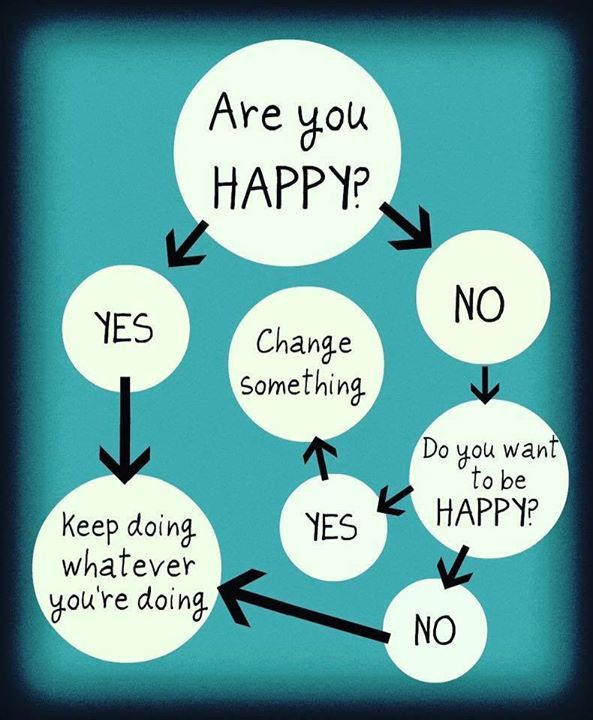 nine0005
nine0005
As you can see, walking in winter is easy and even very useful. So dress properly and go – towards nature and health!
How long can you walk with a newborn baby? How to prevent hypothermia?
As soon as a long-awaited first-born is born to a young mother, she immediately begins to be overcome by questions: “When to start walking with a child?”, “How long to walk with a child?”. And the concerns of mothers here are understandable. The newborn is still too weak, and his thermoregulation mechanisms are not at all developed, which is why he can easily get cold and get sick. The first walks are of particular concern to those mothers whose children were born in winter. nine0005
Why do you need daily walks with a newborn?
A baby, like a mother, needs fresh air. In a newborn, after walking in the fresh air, appetite increases, sleep becomes calmer and deeper, blood circulation improves, temperature changes contribute to hardening and training of thermoregulation mechanisms.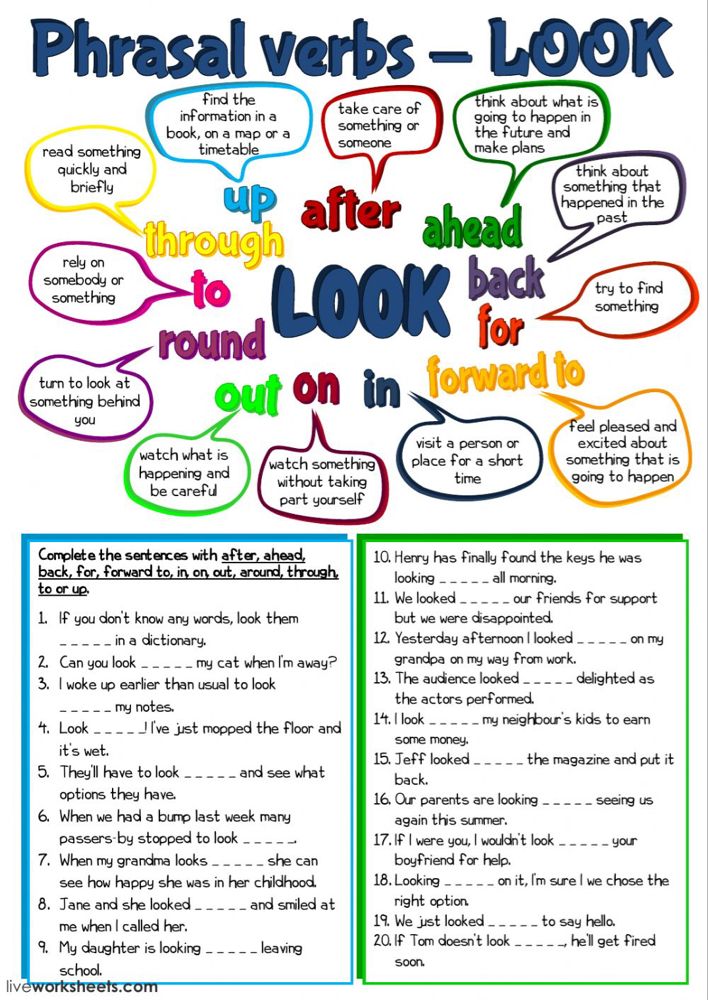 Thanks to sunlight, vitamin D, which is so necessary for the child, is produced, the lack of which leads to rickets.
Thanks to sunlight, vitamin D, which is so necessary for the child, is produced, the lack of which leads to rickets.
Do not forget that a change of scenery leads to new impressions in a child, which has a beneficial effect on his mental and emotional development. On walks, the child first sees birds, clouds, tree crowns, other people, and at this time his brain is working hard and trying to analyze all these new things, to establish the first connections between them: dogs can bark, and birds can fly. nine0005
When to start walking with a child?
Before answering the question: How long to walk with a newborn, you should answer the question: When to start walking with a child? In summer, you can start walking with a newborn as early as 7 days after birth, but in winter it is better to postpone the first walk for several weeks.
Wrong reasons not to walk with the child in winter
Some mothers make a huge mistake by not walking with the child in the winter or by reducing such walks to a minimum. Let's dispel some of the myths associated with the winter walks of newborns. nine0005
Let's dispel some of the myths associated with the winter walks of newborns. nine0005
Many mothers and especially grandmothers mistakenly believe that a child can get sick if they breathe cold air. This is not true. By itself, breathing cold air will not lead to illness, the child becomes ill when hypothermic, as well as from bacteria and viruses. At the same time, many viruses and bacteria die in the cold, and those that are alive have virulent activity, i.e. the ability to infect is greatly reduced. Therefore, on the street in winter, the chance of catching the virus is much less than at home. The main thing is not to get sick on the street, you need not to overcool. But we will talk about this in detail below. nine0005
Many young mothers do not like winter walks, because in winter it is boring, there is nothing to do, there is no reading a book on the bench. Plus, the child has to be dressed for a long time, she herself has to dress warmly, and it is more difficult to manage a stroller in winter. But here you just need to overcome laziness and set yourself up that winter walks with a newborn are vital for him, which means you just need to pack up and go out.
But here you just need to overcome laziness and set yourself up that winter walks with a newborn are vital for him, which means you just need to pack up and go out.
It is also believed that it is impossible to walk with a child in winter, as he will definitely get hungry, and it will not be possible to feed him. At the same time, you can feed the child before going outside, where in the air he will instantly fall asleep and sleep for at least 1-1.5 hours. This time will be enough for you to walk slowly and return home. nine0005
Really bad weather in winter is extremely rare. More often there is a slight frost and clear sun. Therefore, most of the winter days you can and should walk with the baby on the street. And a walk on the balcony is not a complete replacement for a walk on the street. This is a temporary solution if mom is sick, she has a lot to do, or it’s really bad weather outside. One or two days you can take a walk on the balcony, but then you must definitely go outside.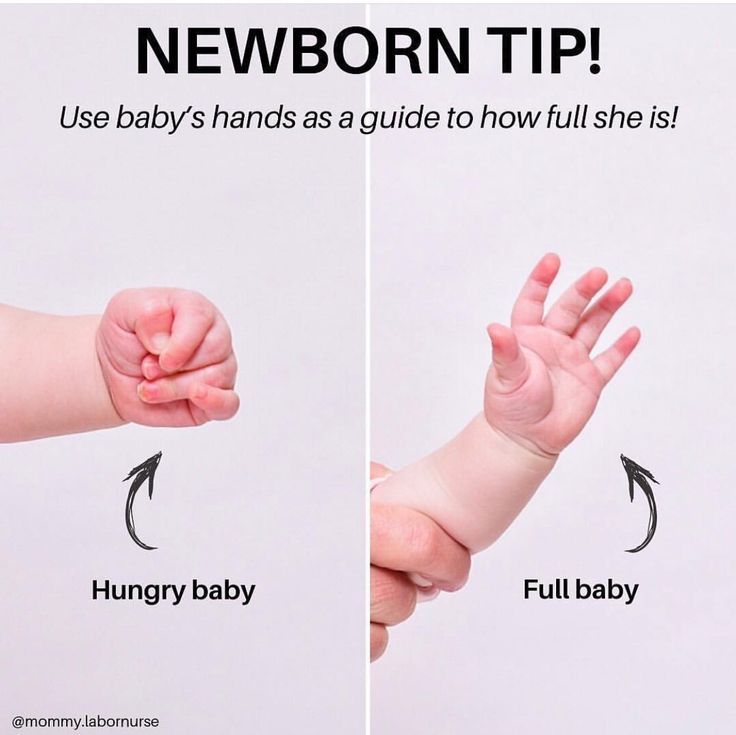
How much to walk with a child
It is advisable that the first walk with the child last no more than 10-15 minutes. Daily walking time should be increased by 10 minutes. If it is cold outside (the temperature is below minus 15C), then the first walk must be canceled altogether, and if it is warm (the temperature is above +15C), then the first walk can be increased to 30-40 minutes. In summer, a one-month-old baby can be outside almost all day, but in winter, the total duration of a daily walk should be at least 1.5 hours, and it is better to break it into several shorter walks of 30-40 minutes each. You should not increase the duration of walks too quickly, because. getting used to the new in the child should occur gradually. nine0005
How to properly dress a newborn for a walk
So, we have learned how much to walk with a child, now let's talk about how to dress a child for a walk in such a way that both the baby and the mother will enjoy it. There is a basic rule: first the mother dresses, then she dresses the baby. Otherwise, the child will sweat and freeze on the street. At the same time, it must be remembered that both hypothermia and overheating can be dangerous for the baby. Previously, mothers were advised to monitor the condition of the child by the color of the skin on the face: if they are pale, then the child is cold, if red, it is overheated. They also said that it is necessary to feel the child under clothes from time to time. But these "grandmother's" methods, firstly, are inconvenient, secondly, they are not accurate, and thirdly, they are dangerous for the child, because opening a wet child, you can catch a cold. nine0005
Otherwise, the child will sweat and freeze on the street. At the same time, it must be remembered that both hypothermia and overheating can be dangerous for the baby. Previously, mothers were advised to monitor the condition of the child by the color of the skin on the face: if they are pale, then the child is cold, if red, it is overheated. They also said that it is necessary to feel the child under clothes from time to time. But these "grandmother's" methods, firstly, are inconvenient, secondly, they are not accurate, and thirdly, they are dangerous for the child, because opening a wet child, you can catch a cold. nine0005
Fortunately, today there is a more modern and technologically advanced way to monitor the condition of the baby on a walk, namely to use a RELSIB WT52 thermometer or a RELSIB WH52 thermohygrometer. These devices must be put in the baby's clothes in the area of \u200b\u200bthe legs. The device will transmit temperature or temperature and humidity readings to your smartphone. But you don’t have to look at the smartphone screen all the time either; you can set the correct and lower limit for temperature and humidity, and the smartphone itself will notify you with an audible alarm. If the humidity alarm goes off, then the child has peed himself and you need to return home or, if it is summer, change clothes to dry on the spot. The devices are very small, only 33 mm in diameter and therefore will not cause discomfort to the baby, his sleep in warmth and dryness will, on the contrary, be deeper and calmer. Thermometer RELSIB WT52 and thermohygrometer RELSIB WH52 are made of medical plastic and are absolutely safe for the baby. nine0005
But you don’t have to look at the smartphone screen all the time either; you can set the correct and lower limit for temperature and humidity, and the smartphone itself will notify you with an audible alarm. If the humidity alarm goes off, then the child has peed himself and you need to return home or, if it is summer, change clothes to dry on the spot. The devices are very small, only 33 mm in diameter and therefore will not cause discomfort to the baby, his sleep in warmth and dryness will, on the contrary, be deeper and calmer. Thermometer RELSIB WT52 and thermohygrometer RELSIB WH52 are made of medical plastic and are absolutely safe for the baby. nine0005
A few tips for the first walks with your newborn
- Make sure your baby goes to the toilet in small and large before going out for a walk.
- The first walk must be done with the baby in your arms. In the arms of the mother, the child will feel safe and comfortable and will not be nervous.
- Feed your baby before a walk.
